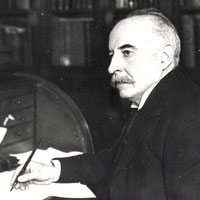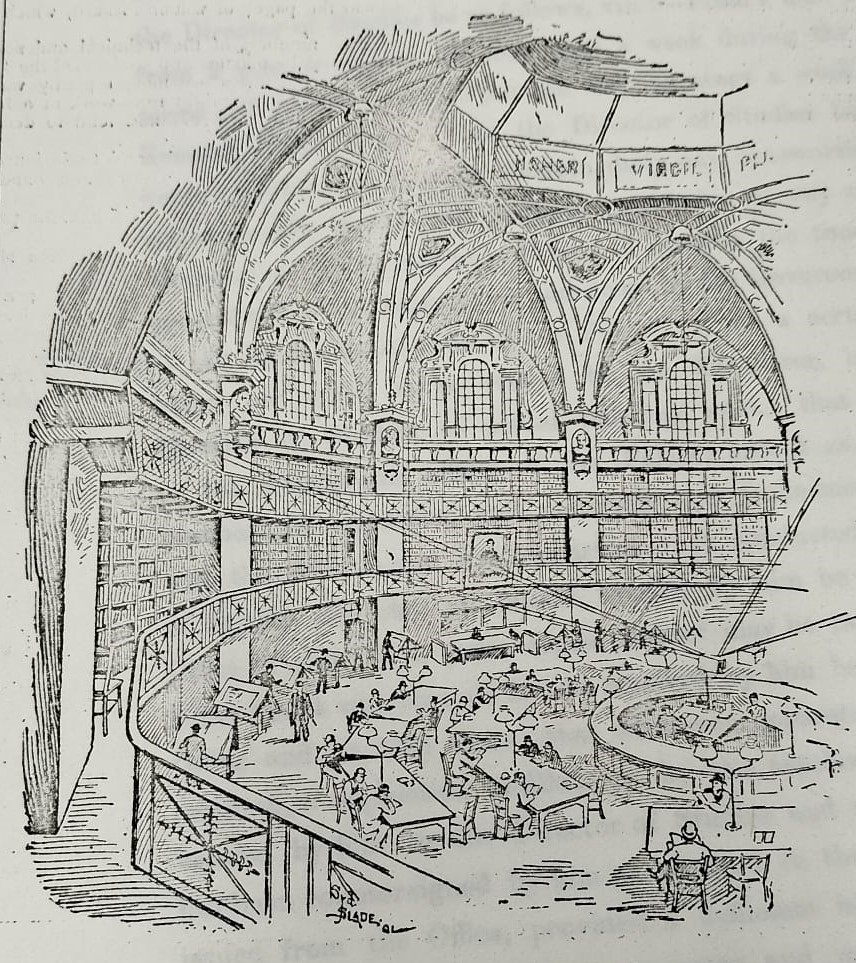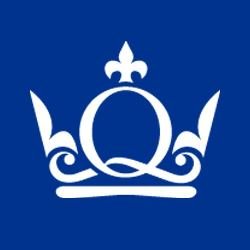Drapers Bar and Kitchen

Photography: Norah Alghafis
The Clock Tower The Novo Cemetery
Draper’s Bar and Kitchen is named after The Drapers’ Company.
The Drapers’ Company consisted of an association of merchants of the City of London who traded in woollen cloth. They are known to have existed as far back as the 12th century. This trade guild, among the many that emerged during the early Middle Ages, gained formal recognition from the Crown to secure control over a profitable source of income. This recognition came in the form of a Royal Charter granted by Edward III in 1364, acknowledging the significance of the Drapers.
In 1439, the company was granted a Coat of Arms. This famous document, the earliest surviving English Grant of Arms is probably the Company’s most precious possession.
However, over the centuries, the cloth trade diminished in importance. Men unconnected with any such trade came to be admitted to the Freedom of the Company which, increasing in wealth and influence, began to exercise political power in the affairs of the City of London and in the election of its Members of Parliament.
The Company acquired property of its own and came to be known as an efficient and reliable body to entrust money to for charitable purposes.
Today, the Company acts as the trustee of several charities, including two schools, four sets of alms-houses and a block of flats for the elderly, a number of pension charities for the benefit of the poor and generous donations that are utilised to provide educational grants to young individuals.
The primary contemporary role of the Company is to use its corporate funds to support deserving charitable causes. In 1959, it established the Drapers' Charitable Fund using its own resources. Most of the Company's charitable grants, spanning various causes such as education, healthcare, and the arts, in both the United Kingdom and abroad, are now primarily channelled through this fund.
Throughout its 600-year history, the Company has adjusted to evolving social circumstances. Today, its role as a provider of charitable grants is nearly as significant as its commercial functions during the Middle Ages.
Some of the Company’s grants include the formation of Queen Mary College, scholarships for Westfield College and other grants have benefited schools, hospitals, art schools and etc.
Sources Used:
Queen Mary University of London Archives, Reference: GM/4/7
Other ways to explore Queen Mary College:
Information

The information page contains all the information that can be found on the virtual tour in one, easy to navigate, page.
People

The people page shows all the key figures mentioned throughout the tour, whose revolutionary work in their respective fields still assist in research today.
Stories

The stories page provides information about the Trust established between Westfield College and Queen Mary College.
Community

The community page provides an opportunity to learn more about notable events that have occurred in the Queen Mary University of London community.